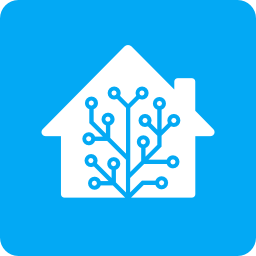

Tandoor: I ended up there because it has an API that I can access and cross-reference to my grocer (Kroger.com also has API) to get current pricing, calculate recipe costs, nutrient costs, or find what’s on special this week. It’s theoreticcally possible, but I haven’t sorted out how to integrate that directly into tandoor & its shopping lists.



I got my Pi4 to be a media player - LibreElec or Kodi - for my old, not-smart TV. It plays my library of CDs&DVDs, frontend for OTA TV, and a variety of streaming services. Fanless, so it doesn’t distract from audio, low power, so I don’t mind leaving it on 24/7. You can configure it to listen to a USB IR receiver, but I control mine from phone via web. The actual media library/NAS and tvheaded run on an old desktop in another room.
My favorite thing is all the sensors you can hook up. Adafruit & Sparkfun have a wide array of sensors with breakout boards for simplicity and well documented python libraries. I started just logging temperature, humidity, then air quality, CO2 to my own database and web page, but eventually expanded to full HomeAssisstant system.
Pihole.